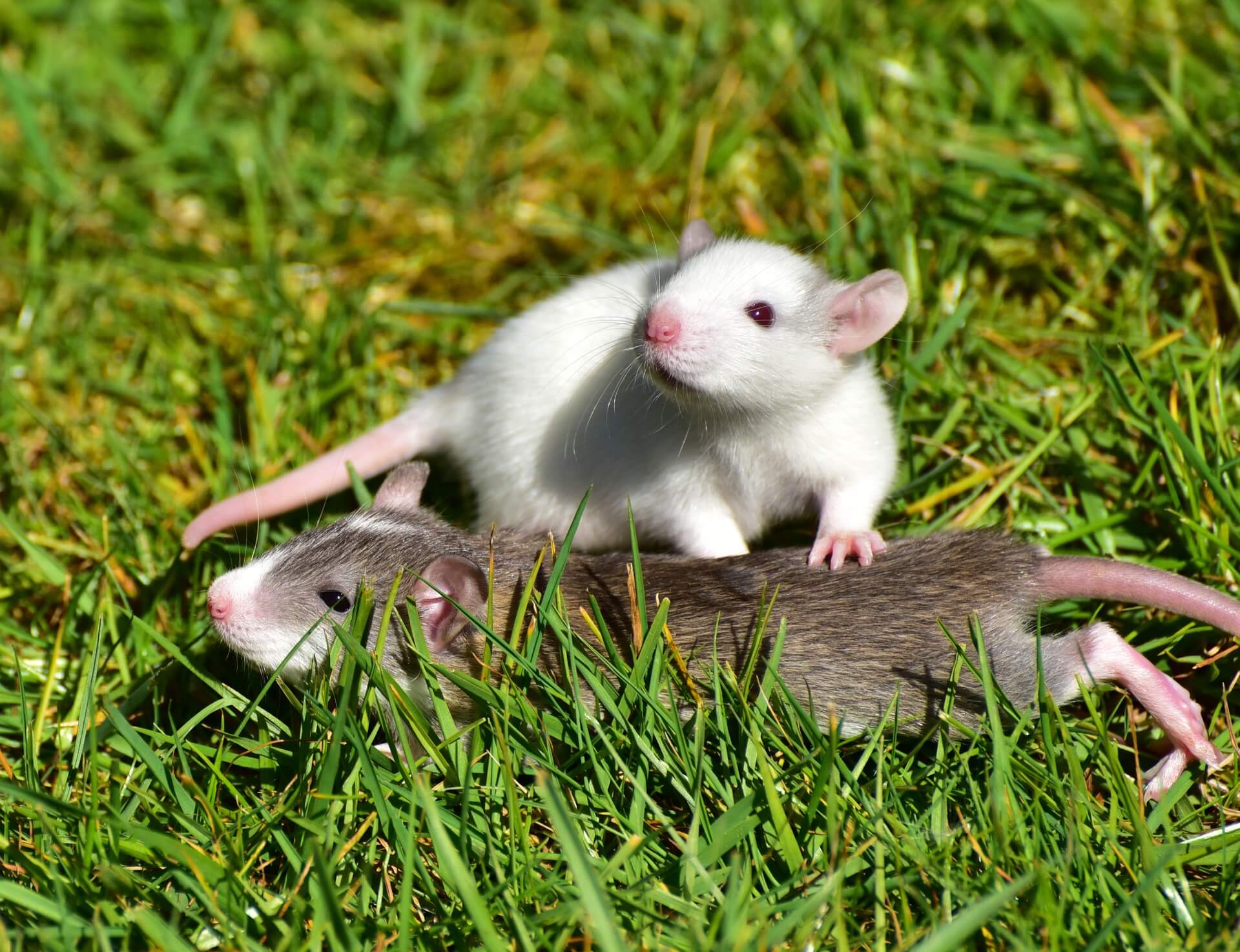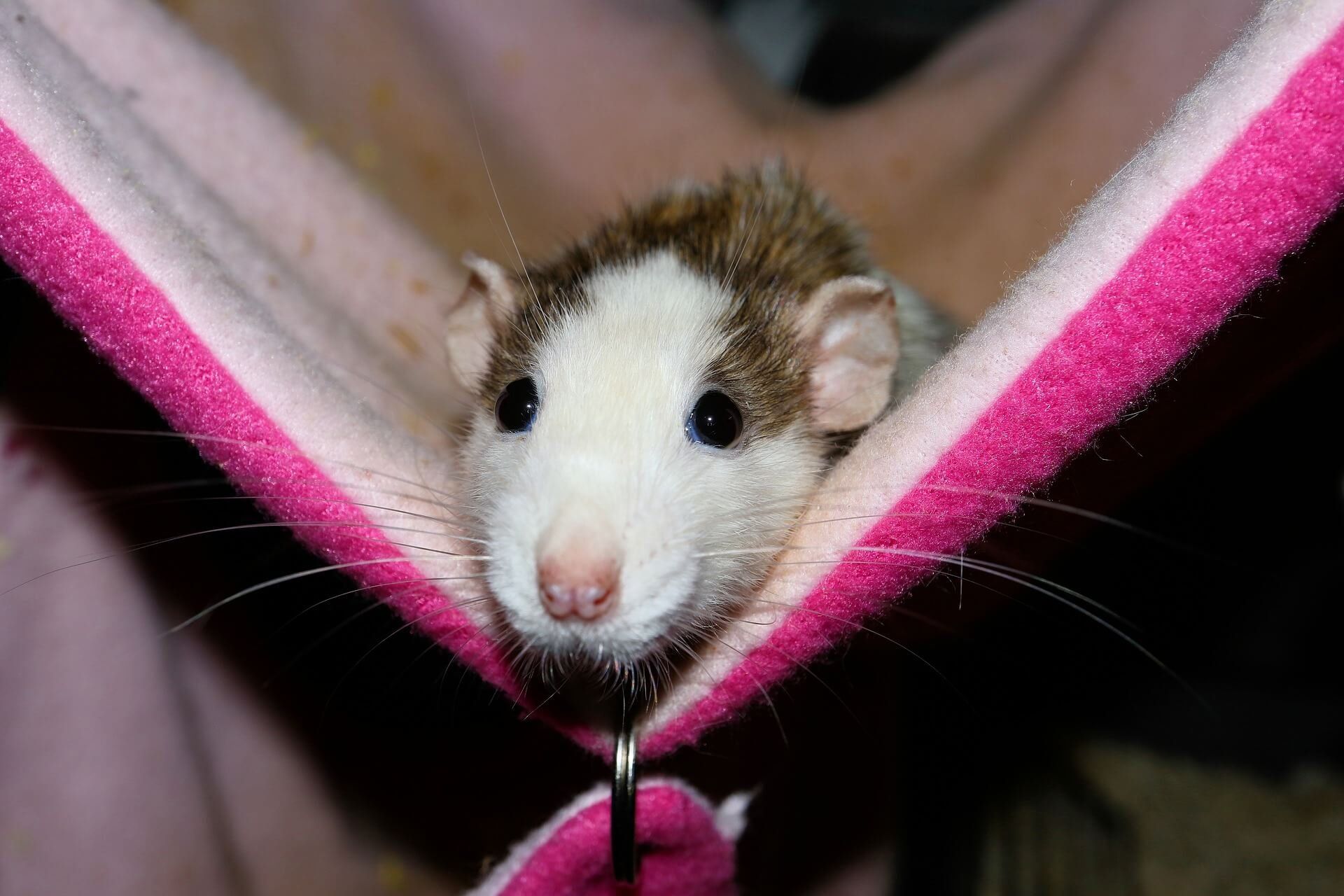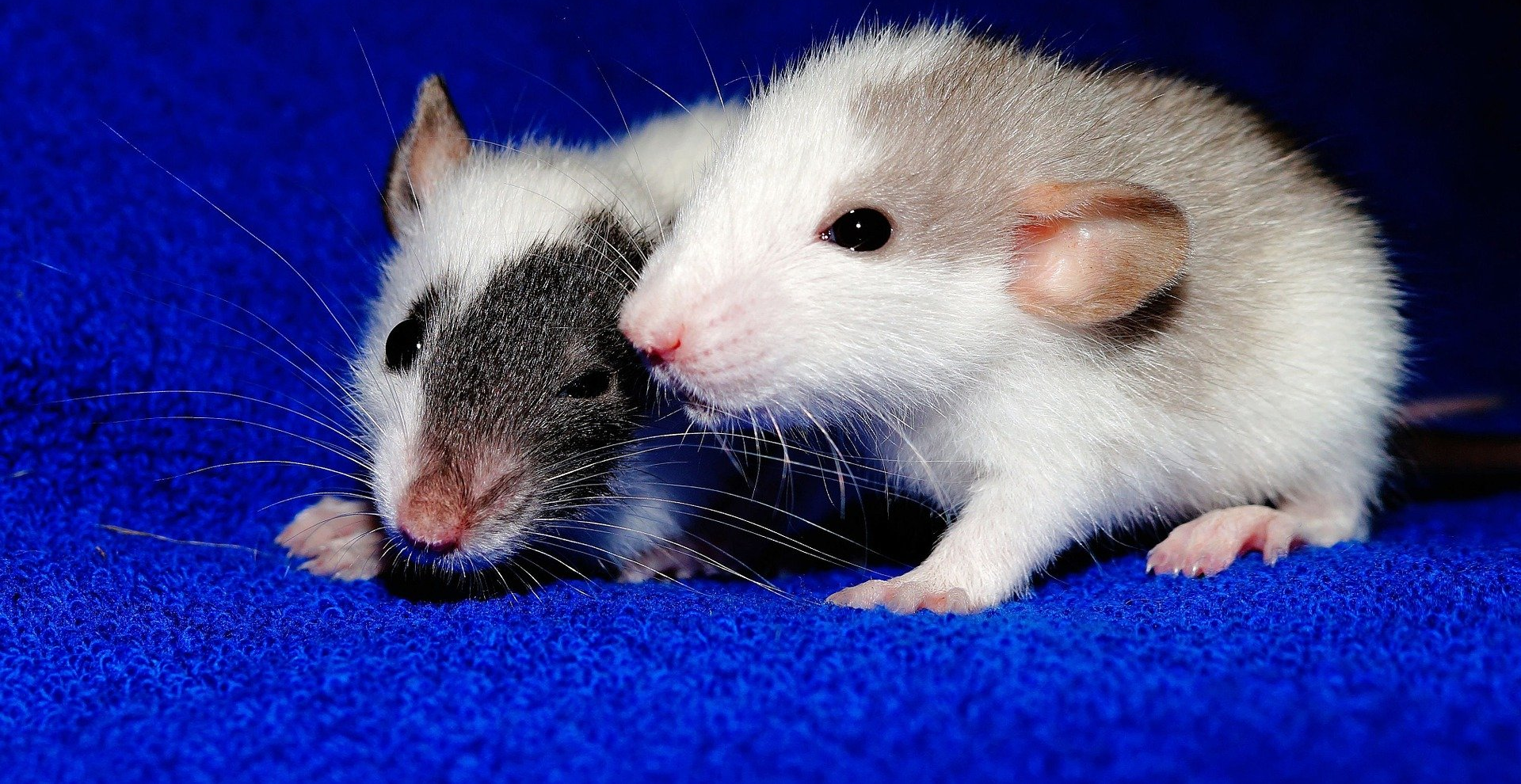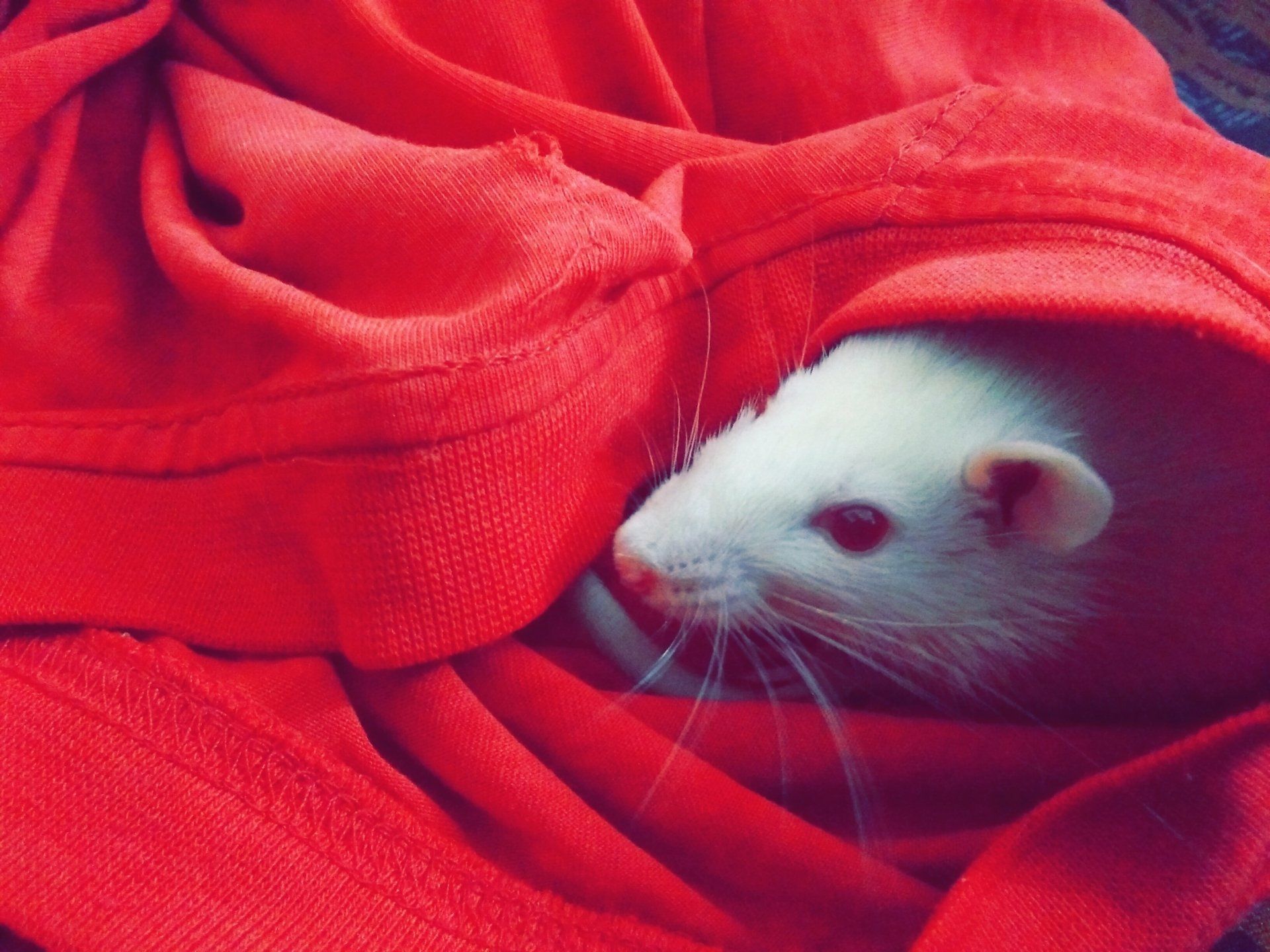How Many Rats Do I Need? - The Importance of the Mischief
This post contains affiliate links and I will be compensated if you make a purchase after clicking on my links.
How Many Rats Do I Need? - The Importance Of The Mischief
One of the first things any person knowledgeable about keeping rats as pets will tell you is – you can’t just have one rat!
Rats are social creatures, and need to be in groups of at least two, although 3 or more rats is ideal. If a rat is kept alone, it can become depressed very easily and be more prone to illness and self mutilation.
Rats need other rats, and other animals or humans are not good substitutes, as they are unable to fulfill the needs a rat requires. Rats need other rats to communicate and socialize with.
Why Do Rats Need Other Rats?
Rats are social animals, meant to exist with other rats in a group called a mischief. In the wild, rats exist in large groups, each rat taking on a specific role.
The two most important roles are that of the nester and the scavenger. It's the nester's job to protect and manage the home base, and the forager's job to scavenge for food. If a rat lives alone, it is unable to fulfill both roles.
Besides the problem of balance in the roles of the mischief, rats need other rats for the social dynamic. When you can’t be with your rat, he is going to be lonely, bored, and crave companionship.
Some common arguments to this are “I want my rat to bond with me, not another rat” or “I spend enough time with my rat so they’re ok”.
To the first argument, I would argue that rats actually bond to you BETTER when they have another rat or two alongside them that they trust.
For example, our rat Jinx had trouble bonding with us when we took her out by herself. We then tried taking her out with our other rats. Being with the other rats and seeing their relationship with us gave her the confidence to trust us and bond with us!
To respond to the second argument, even if you could spend 24/7 with your rat, it wouldn’t be enough. There can’t be enough entertainment in their cage or human companionship to make up for being with another of their kind.
Rat companionship provides things human companionship cannot. Rats groom each other, they can communicate with each other, and because they are most active at night, they have somebody to play with and not get bored while you’re sleeping.
Without the companionship of other rats, your rat will get depressed and suffer for it, even if he doesn't show it at first or have overt symptoms. At the best, you have an unhappy rat. At the worst, your rat becomes progressively more nervous and agitated to the point of illness.
How Many Rats Do I Need?
As you’ve seen, the answer is at least two! This is where opinions differ in how many rats is ideal. It comes down to what is right for you, depending on time available, budget, and interest.
If you don't own rats yet, you need to get at least two. Most seasoned rat owners and breeders recommend three, so if one passes away suddenly it doesn’t leave the other rat alone.
I also believe three rats is a better dynamic than two. It offers more variety and helps keep the alpha rat from picking on the only other rat in the cage. Three rats allows for more flexibility in the rats' friendships if two of the rats don't get along with each other as well.
We started out with two rats, and they seemed happy and content. When we added two more to the mischief, the increase in the happiness of the rats was incredible.
We hadn’t seen our original two rats boggle (a sign of deep contentment) up until this point, and shortly after the other two were introduced, they’ve all been bruxing and boggling non-stop!
We noticed an increase in relaxation in our alpha rat, Nimue, as well. As our nester, she has an important job (according to her)! Adding rats into the equation seemed to calm her, and where she wouldn't sit still to be pet before, she now happily accepts head scratches relaxing in her hammock.
We also noticed the new rats were able to act like babies a lot longer (our Buttons still does!). Our original two had to take on those important roles of forager and nest protector early on, so we hadn’t gotten to see much baby-like behavior from them.
Being with others of their kind builds their social skills, and makes for a more balanced, happy rat.
Lone rats may not show their depression outwardly, but being on their own can have a toll on their health, both mental and physical. A distressed rat can mutilate themselves, or their stress can cause them to fall ill, possibly even shortening your pet rat’s lifespan.
If you’re worried about mixing different types of pet rats together (ex. dumbo rats and top-eared rats) don’t be! It’s a myth that they are different breeds, as all pet rats are the same subspecies.
It doesn’t matter the color, ear placement, or coat type, all rats can get along. The only rules are all pet rats in a group have to be the same sex (or neutered), and caution should be used when dwarf rats are housed with regular sized rats.
That being said, don’t overwhelm yourself! If you can only handle two rats, only get two rats for now! As long as they have a rat companion, that’s the most important part.
If you get too many rats, and don’t have the budget for vet care, it can get overwhelming very fast if illnesses arise.
This is especially true if you have many rats of the same age, who all start to show their age and need medical attention around the same time.
There's plenty of time to own more rats, but
rat's lifespans are short, and we want to give them the best life we can, with excellent care and lots of attention for each rat!
What If I Already Have One Older Rat?
You may not have known about the “two rat rule” until now, and already have an older lone rat. That’s ok, now you know and can get him some friends!
Before you go out and buy a young rat for your older rat to have a friend, know that young rats need a same age companion for proper development. This means if you want to get a younger rat, you will need to get two!
This is not only important for the young rats' development, but for the old rat's sanity! Imagine being an elder and having a young kid constantly badgering you with no outlet! Having a same age friend allows the young rat someone to play with who will reciprocate.
This also allows for socialization and companionship for the young rats during quarantine, as new rats need to be quarantined for at least two weeks before being introduced to the existing rat(s).
Another option is to go to a shelter to adopt another older rat, or check local breeders for rats they are retiring from their breeding programs.
When introducing your rat to his new friend(s), always be sure to do proper introductions. Rats are very territorial, so just placing the new rat into the cage with the existing rat can result in fighting leading to injury or death.
Exceptions To The Rule
As with everything, there are exceptions to the rule, though they are very rare in this case. Your rat receiving enough attention from you or not getting along with other rats after introductions were only tried once are not valid excuses.
A rat may, very rarely, be so aggressive towards other rats that the other rats cannot safely be with them. In this case, after multiple attempts using different methods of introduction have been attempted, this rat may need to live alone.
In this case, this rat will need a lot more attention from their human than the other rats do. This rat should also be taken to the vet to rule out any medical issues that may be affecting its temperament.
If the rat just doesn't get along with the other rats you own, the best thing you can do for him is to re-home him to someone who is able to integrate him into their mischief, otherwise he will likely only become more agitated and depressed.
The only other reason to keep a rat isolated is if the rat has a contagious illness. As long as the rat is contagious, it should be kept separate from its mischief, and then reintroduced once it is no longer contagious.
Final Thoughts
It's great to have rats as pets, as long as you keep them responsibly! Never buy just one rat, as rats are social critters in need of a lot of interaction with their own kind to experience happy, enriched lives!
How many rats have you found are ideal for you? Share below!






